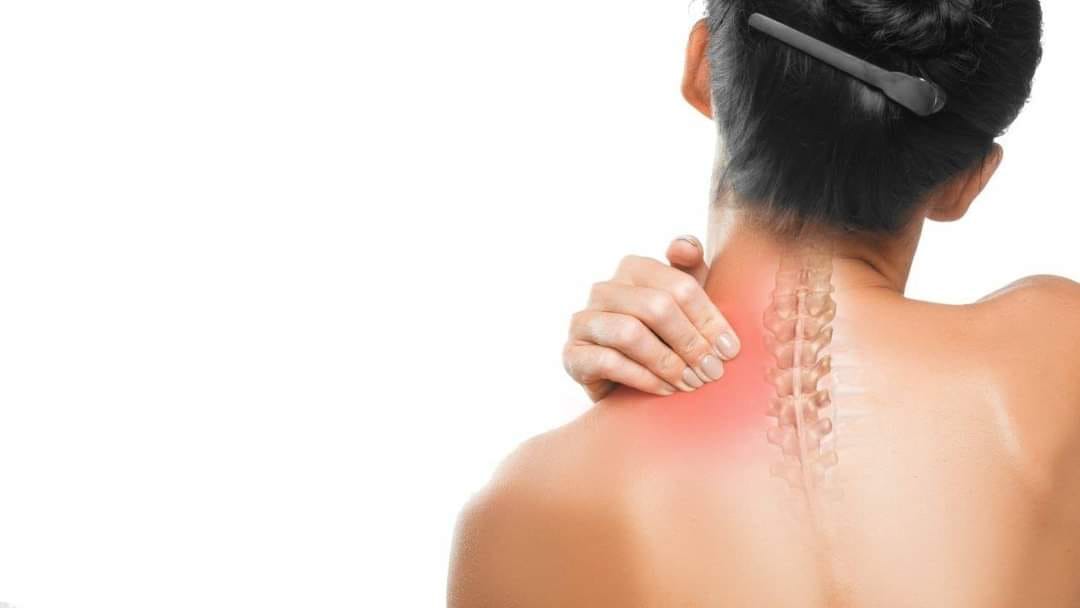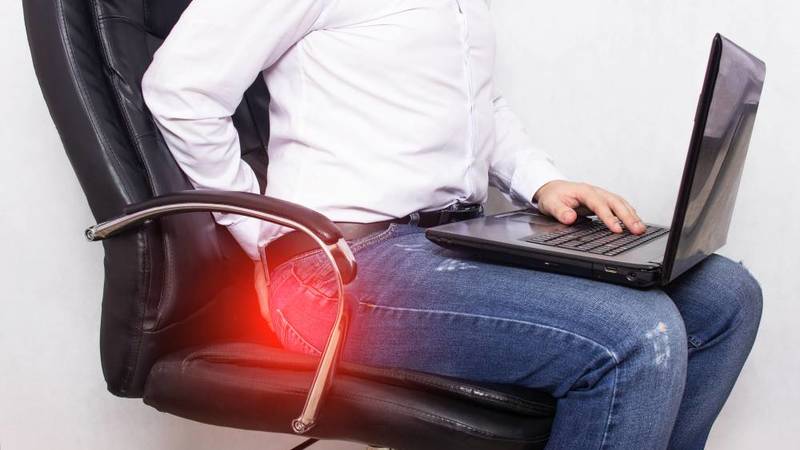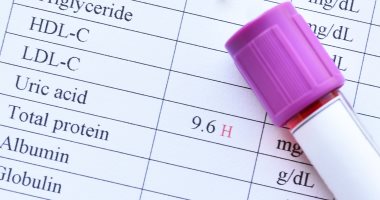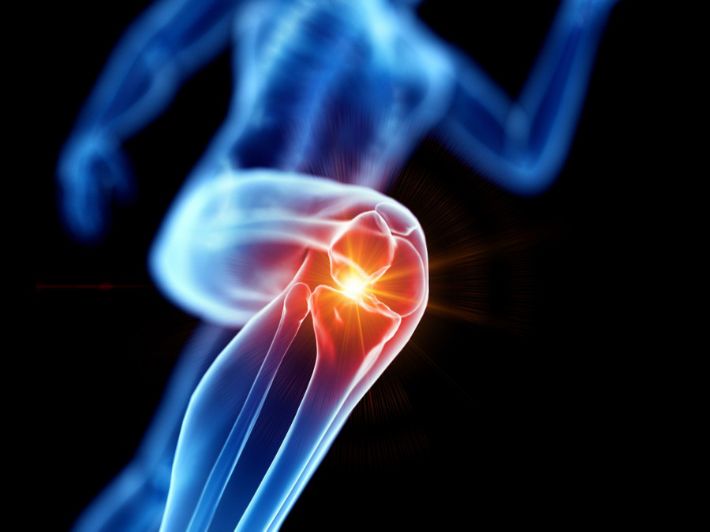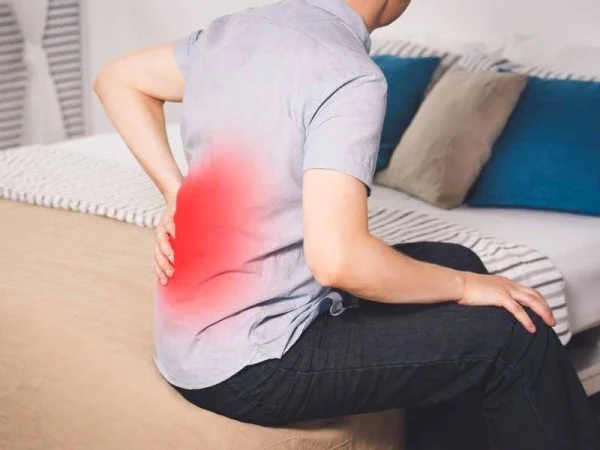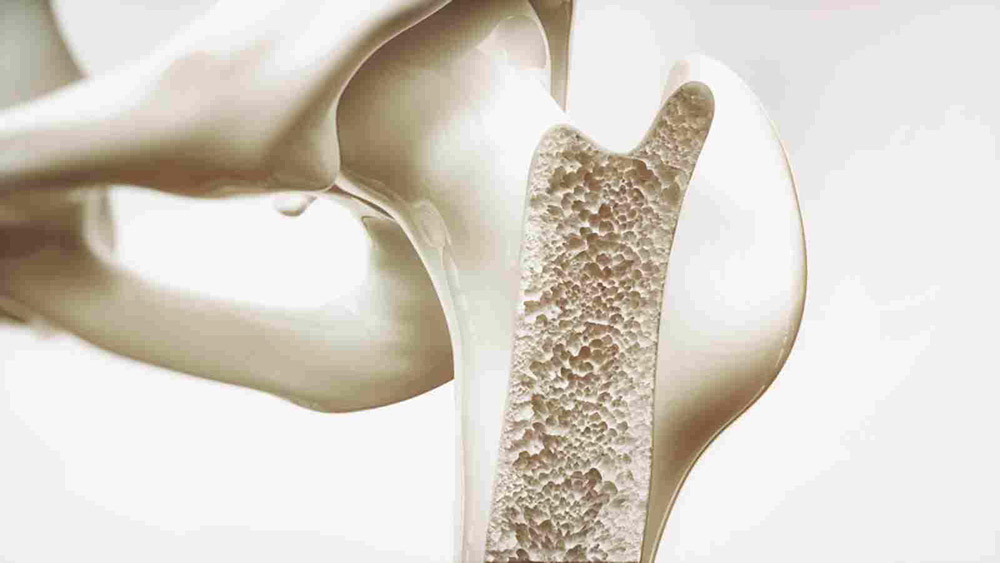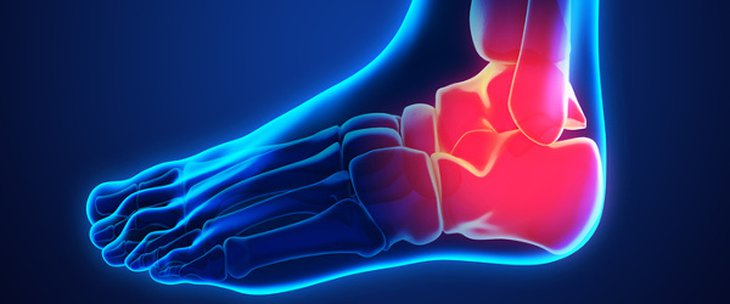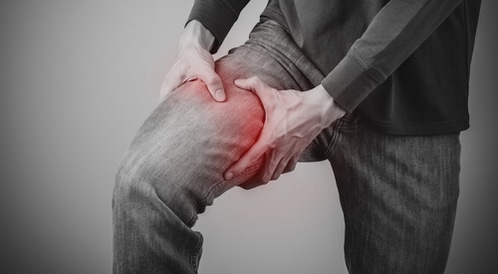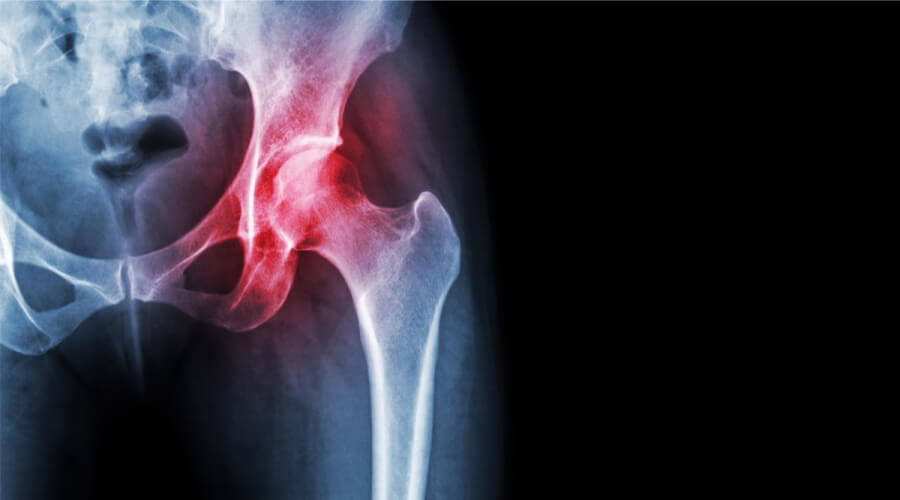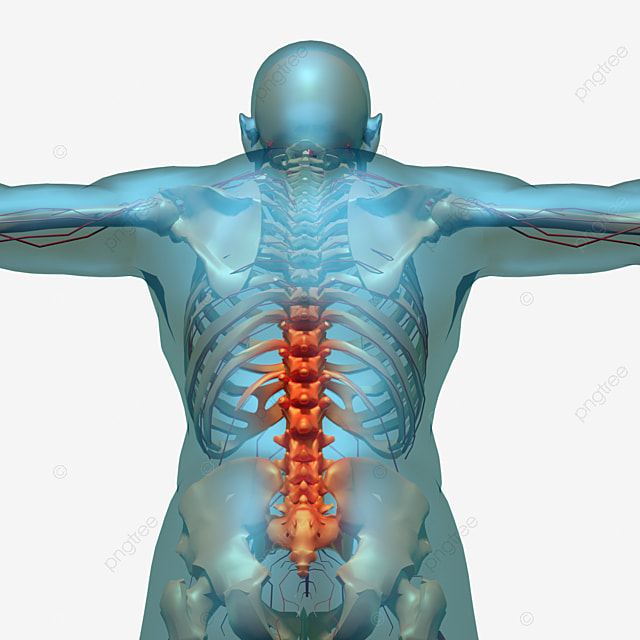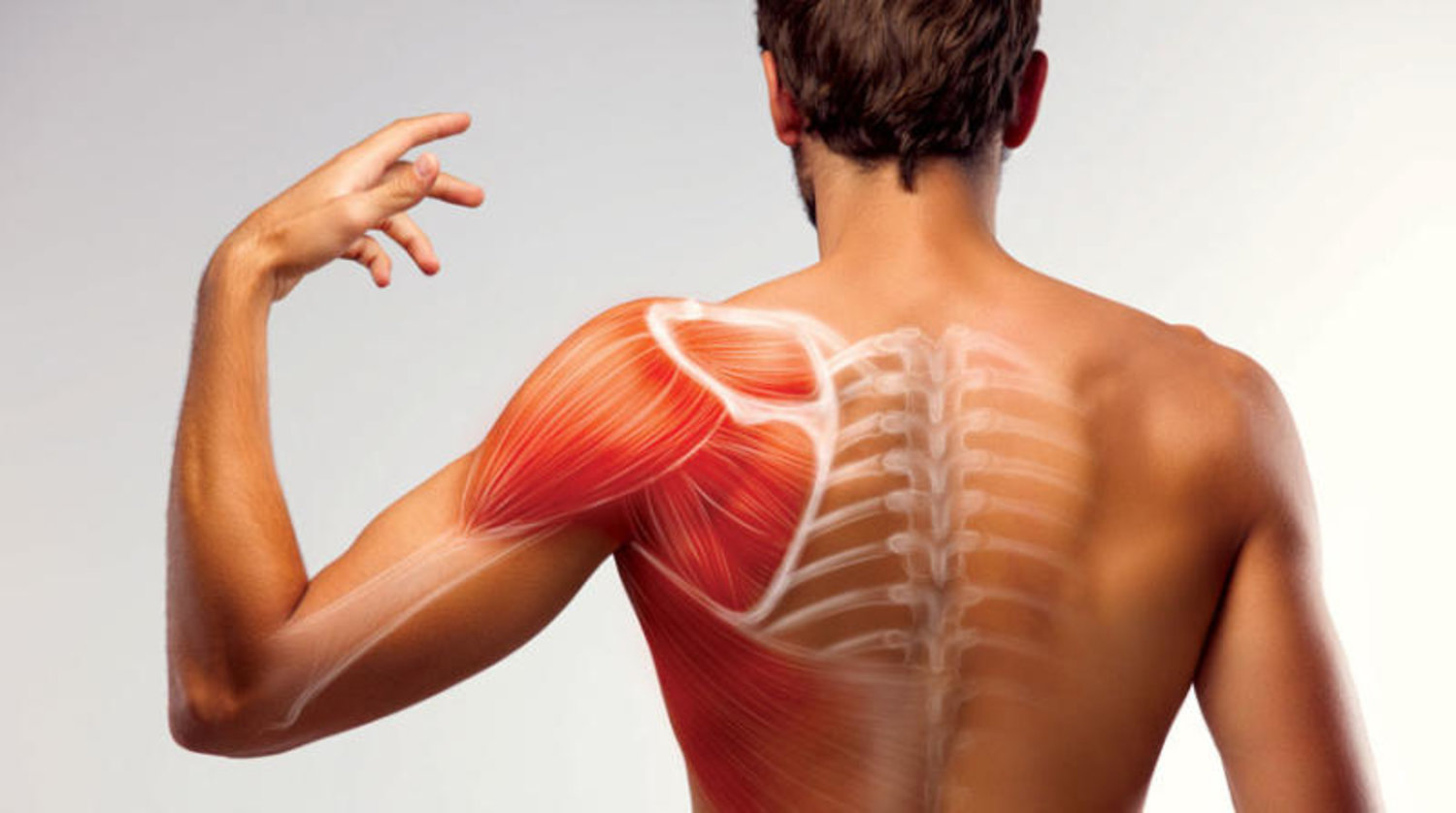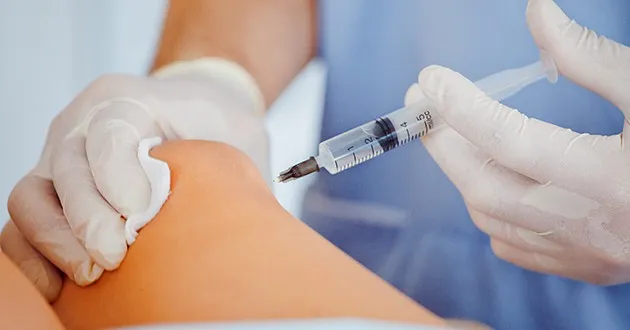What is Stiff Person Syndrome? And what are the symptoms of muscle contraction?

What is Stiff Person Syndrome?
Stiff Person Syndrome (SPS) is a chronic health condition characterized by abnormal enlargement and spasms of the muscles. This disease is rare and significantly affects the patient’s motor activity. It may start in childhood or develop over time.
Genetic changes cause Stiff Person Syndrome, resulting in a malfunction in the body’s muscle control system. Consequently, the patient suffers from repeated and successive muscle contractions, leading to significant challenges in muscle movement and contraction. Stiff Person Syndrome can lead to almost complete loss of movement control, negatively impacting the patient’s ability to perform daily life activities.
Symptoms of Stiff Person Syndrome gradually appear in various muscles of the body, such as the muscles in the upper and lower jaw, neck, and shoulders. The disease can affect the ability to walk, talk, and even breathe, causing significant difficulties for the patient in performing daily tasks.
There is no cure for Stiff Person Syndrome to date, but some procedures and palliative treatments help alleviate symptoms and improve the patient’s quality of life. This includes physical therapy and pharmaceutical formulations aimed at relieving symptoms and improving muscle movement.
Despite the challenges faced by those with Stiff Person Syndrome, these patients can live a proper life and adapt to daily life through appropriate family and social support. There are also support groups for patients and their families that provide advice and emotional support to those affected.
In summary, Stiff Person Syndrome is a health condition that affects muscle movement and contraction. It causes significant difficulties in the patient’s daily life, but symptoms can be mitigated and overall quality of life improved through appropriate palliative care. Patients should take advantage of family and social support to overcome these challenges and live a full and healthy life.
What is the treatment for muscle stiffness?
When you feel muscle stiffness and difficulty moving, it means that the muscles may be experiencing tension or excessive strain. Fortunately, there are many available treatments that can help relieve stiffness and improve muscle condition. Here are some effective methods for treating muscle stiffness:
- Muscle warming: Warming up the muscles before any physical activity or exercise is beneficial to avoid stiffness. You can do slow muscle stretching exercises and gently massage them to improve blood flow and relieve tension.
- Muscle massage: Massaging the muscles is an effective way to get rid of stiffness. You can use natural oils or topical ointments to enhance the effectiveness of the massage. Gently massage the tense muscles in circular motions to improve blood circulation and relieve tension and stiffness.
- Relaxation and meditation: Muscle stiffness may be associated with psychological and mental stress. Try relaxation and meditation exercises such as deep breathing and yoga to improve blood flow and relieve muscle tension.
- Applying ice or heat: Topical application of ice or heat may be beneficial for relieving muscle stiffness. Use an ice pack wrapped in a thin towel and place it on the affected area for 15-20 minutes. For heat, you can use a cloth soaked in hot water and place it on the muscles for 15-20 minutes. Make sure not to apply ice or heat directly to the skin.
- Rest and medical consultation: In case of recurring or bothersome muscle stiffness, it is advisable to consult a doctor. There may be an underlying cause that requires detailed medical evaluation. The doctor may also recommend taking topical pain relievers or physical therapy to alleviate stiffness.
By using these treatments and improving your lifestyle, you can reduce muscle stiffness and enhance your movement and comfort in daily life. Feel free to try these tips and incorporate them into your daily routine.
What are the symptoms of muscle cramps?
If you are having problems with your muscles and experiencing painful contractions or a state of spasm in the body, you may be suffering from muscle cramps. Muscle cramps are a common condition that can affect anyone, but they are more common among athletes and the elderly.
We will review the most important symptoms that may appear when experiencing muscle cramps:
Muscle pain: Severe muscle pain is one of the most prominent symptoms of muscle cramps. You may feel sharp pains spreading in a specific area of the body; the neck, shoulders, back, or legs may be affected. Muscle spasms: Muscle cramps may be accompanied by a state of spasm in the affected muscles. The muscle is involuntarily tight and tense, causing a feeling of tension and discomfort. Sensitivity and swelling: Swelling and sensitivity may occur in the area affected by the muscle cramp. The skin may become sensitive and painful to touch, and there may be redness and swelling in the area. Numbness and tingling: You may feel numbness and tingling in the area affected by the muscle cramp. There may be a sensation of tingling or numbness in the extremities or the affected muscle area. Muscle weakness: Muscle cramps may lead to muscle weakness in the affected area. It may be difficult for the person to move the muscle or bear extra effort on it.
What is the cause of muscle tension without a reason?
Muscle tension without a reason is one of the common health issues that affect people of various ages. A person may feel muscle tension in different parts of the body, such as the back, neck, or shoulders, and it may be difficult for the individual to determine the cause of this tension. Below are some reasons why some people suffer from muscle tension without a clear reason and how to deal with it:
Stress and Anxiety: Psychological stress and anxiety can lead to muscle spasms and consequently muscle tension without a clear reason. This tension may not be related to any physical activity or specific injury. To deal with this issue, it is recommended to improve psychological and emotional balance and work on reducing stress and anxiety levels through relaxation techniques, such as meditation and deep breathing exercises.
Excessive Physical Activity: Muscle tension without a reason may occur as a result of exposure to intensive physical activities without adequate preparation. The body may not be able to adapt to the intensive activity and may require a longer rest period. To prevent this, it is advisable to practice warm-up exercises and muscle stretching before starting any intensive physical activity and to reduce the intensity of the activity to a level that the body can adapt to.
Poor Sitting Posture: Sitting for long periods in an unhealthy posture may lead to muscle strain and muscle tension without a reason. It is recommended to ensure a healthy and comfortable sitting posture, use pillows to support the spine, avoid sitting for long periods without a break, and regularly perform muscle stretching exercises.
Lack of Sleep: Not getting enough good quality sleep affects the health of the body and can cause muscle spasms and muscle tension without a reason. To deal with this issue, it is necessary to have a regular sleep pattern and provide suitable conditions for deep sleep and relaxation, such as adjusting the room temperature, avoiding caffeine intake, and relaxing before sleep.
Muscle Inflammation and Rheumatic Diseases: Muscle tension without a reason may occur due to muscle inflammation or some rheumatic diseases. This may be accompanied by other symptoms such as pain, swelling, and stiffness in the joints. In case of suspicion of these conditions, it is advisable to consult a doctor for accurate diagnosis and appropriate treatment.
In summary, muscle tension without a reason can be a result of several factors, including psychological stress and anxiety, excessive physical activity, poor sitting posture, lack of sleep, muscle inflammation, and rheumatic diseases. It may be best to consult a doctor if muscle tension persists without a reason, and review lifestyle and daily habits to ensure proper care of the body.
What is the difference between muscle spasm and muscle strain?
Muscle spasm and muscle strain are two terms used in the context of health and wellness. Although they may seem similar in many ways, each has its unique characteristics. We will take a look at the differences between these two conditions to help you understand them more clearly.
- Muscle Spasm:
Symptoms: A muscle spasm occurs when a muscle contracts abnormally and forcefully. It can happen suddenly and without warning. Causes: Muscle spasms can have various causes, such as stress, fatigue, muscle injury, or even genetic factors. Symptoms: Pain, tightness, and muscle weakness are common in muscle spasms. Sweating and numbness in the affected area may also occur. Treatment: Treatment for muscle spasms may include simple measures such as warming up and relaxing exercises, as well as medical treatment such as physical therapy or the use of antispasmodic medications.
- Muscle Strain:
Symptoms: Muscle strain occurs when a muscle is unnaturally stretched or elongated, resulting in tearing of the muscle fibers. Causes: Muscle strain can result from intense exercise, incorrect movements, or sports injuries. It can also be a result of insufficient warm-up or improper muscle stretching. Symptoms: In the case of muscle strain, pain, swelling, numbness, and weakness are common symptoms. Bruising or redness in the affected area may also appear. Treatment: Treatment for muscle strain includes resting the muscle and applying ice to reduce swelling. Pain relievers are also recommended, along with monitoring physical activities during the recovery period.
What is the difference between muscle pain and nerve pain?
If you are experiencing body pain, you are likely to ask yourself what the cause is and what is the difference between muscle pain and nerve pain. Although both types of pain are related to the nervous system, they result from different mechanisms and causes and present with different symptoms and experiences.
Muscle pain usually results from a strain or tear in the muscle fibers. This can occur due to overexertion of the muscles, intense training, incorrect movements, or direct injuries. People often describe muscle pain as similar to torn bands or a feeling of cramping or aching pain. Muscle pain may be accompanied by swelling and redness in the affected area, and the pain may intensify when using or moving the injured muscle.
On the other hand, nerve pain is associated with irritation or pressure on the nerves. The cause behind nerve pain can be nerve stretching, poor body posture, a slipped disc in the spine, nerve inflammations, or chronic diseases such as sciatic nerve inflammation. Nerve pain is often described as sharp and throbbing and may be accompanied by numbness or tingling in the affected area. The pain in the nerves often reflects the path of the affected nerve, and the person may feel pain along the nerve or in the areas where it branches.
Given the variation in causes and symptoms, individuals experiencing muscle or nerve pain should visit a doctor for an accurate diagnosis and appropriate treatment. In some cases, muscle or nerve pain may indicate a more serious health problem than it appears. Available options for treating muscle and nerve pain include medication, physical therapy, massage, and corrective exercises.
Does Muscle Stretching Heal?
Are you suffering from persistent muscle pain and looking for ways to alleviate the pain? Muscle tears or injuries can occur as a result of intensive physical exercises or excessive strain on the body. Muscle stretching is one of the common methods used to relieve pain and promote the healing process. But does muscle stretching really heal? In this curated list, we will take you on a tour to discover facts and important information about the benefits of muscle stretching and its effectiveness in treatment.
What is Muscle Stretching? Muscle stretching is the active extension of the injured muscle to benefit from stretching exercises and anaerobic exercises. It is performed by applying a slight tension to the muscle, then alternately extending it intricately.
Benefits of Muscle Stretching:
- Improving Muscle Flexibility: Muscle stretching contributes to increasing muscle flexibility, which means that it becomes easier to extend the muscle without feeling pain.
- Improving Muscle Balance: Muscle stretching helps achieve balance between different muscles in the body and prevent the weakness of one over the other.
- Reducing Injury Rates: Flexible muscles, thanks to muscle stretching, enhance twists and sudden movements, which reduces the likelihood of injury.
How Does Muscle Stretching Heal?
- Increasing Blood Flow: Muscle stretching helps increase blood flow to the injured muscles, which enhances the healing process and increases muscle cell repair.
- Improving Blood Circulation: Muscle stretching improves blood circulation, which is a key factor in cleansing the body of waste and regenerating muscle cells.
How to Perform Muscle Stretching:
- Warming Up the Muscles: Before performing muscle stretching, it is advised to warm up the muscles with simple stretching exercises for 5-10 minutes.
- Focused Extension: Muscle stretching is directed to the injured part of the muscle, allowing for enhanced repair and increased flexibility in the targeted area.
- Relaxation and Drying: After performing muscle stretching, it is necessary to relax for a few minutes and dry the accumulated sweat on your body.
Additional Tips:
- Consult a Physical Therapist: Before starting any muscle stretching exercises, it is recommended to consult a physical therapist for accurate guidance according to your health condition.
- Avoid Excessive Exercises: Do not overdo muscle stretching and avoid violent exercises that may lead to muscle tears or exacerbate the injury.
If you are suffering from chronic muscle pain or have a muscle injury, muscle stretching may be the right treatment for you. However, it is essential to heed the advice mentioned above and consult experts before starting any muscle stretching program. Remember that rest and proper training play a crucial role in recovery and proper healing.
What causes body stiffness during sleep?
When you wake up from sleep and find your body feeling stiff and rigid, you may wonder about the reason behind this. There may be several reasons for body stiffness during sleep, but one of the most prominent is the phenomenon of “morning stiffness.”
Morning stiffness occurs when the muscles responsible for movement and strength are completely inactive during sleep. These muscles work to strengthen and stimulate your body while awake, but during sleep, they are disabled to allow the body to relax and prepare for deep sleep.
When you fall into a deep sleep, the body relaxes and enters a state of complete rest. However, in the morning, you may wake up suddenly or be prompted by alarms and may not be ready to wake up yet. In this case, you may feel stiffness and difficulty in moving your body parts.
Stiffness upon waking may also be due to extra pressure on the joints and muscles during sleep. If your sleeping position is unhealthy or uncomfortable, pressure may be placed on some joints and muscles for a long period, leading to their stiffness.
Additionally, stiffness upon waking may result from exposure to low temperatures during sleep. If you sleep in a cold environment or in a room with inadequate ventilation, this could cause the muscles and body to stiffen. To avoid body stiffness during sleep, it is recommended to follow some simple guidelines. Ensure that your sleeping position is comfortable and healthy, with the spine in a straight and level position. It is also advisable to maintain an appropriate temperature and good ventilation in your room.
What is the herbal treatment for muscle stiffness?
If you suffer from muscle stiffness and prefer natural treatment, using herbs might be a good option for you. Herbal therapy is a popular choice in complementary and alternative medicine, as many herbs contain natural compounds that help relieve muscle stiffness and generally improve movement.
There are several herbs that may help in treating muscle stiffness, including:
- Lavender oil: Lavender oil is one of the most famous essential oils used in treating stiff muscles. Lavender oil has calming and analgesic properties, and is beneficial in relieving muscle spasms and improving blood circulation.
- Cinnamon: Cinnamon contains antioxidants and anti-inflammatory compounds that can help relieve muscle stiffness. You can consume cinnamon in powder form or add it to tea or coffee.
- Ginger: Ginger contains active substances that help improve blood circulation and relieve muscle spasms. In addition, ginger has pain-relieving and analgesic properties that may be beneficial in cases of muscle stiffness.
- Peppermint oil: Peppermint oil is an essential oil commonly used to relieve muscle pain and reduce spasms. Peppermint oil can be used mixed with a carrier oil (such as coconut oil or olive oil) and massaged onto stiff areas.
- Hibiscus: Hibiscus is a strong antioxidant that contains compounds that help relieve muscle inflammation and improve their health. Regularly drinking hibiscus tea can enhance muscle health.
It is important to note that before using herbs to treat muscle stiffness, it is essential to consult a doctor or a specialist in herbal therapy, especially if you have a specific health condition or are taking other medications. It is also necessary to follow the correct instructions for using herbs and avoid using excessive doses that may cause undesirable side effects.
The Best Orthopedic Doctor in Egypt
In the field of medicine, there is no doubt that making the right choice of doctor is crucial. When it comes to bone and joint problems, many people seek the most experienced and professional doctor. In Egypt, there is a highly skilled orthopedic doctor who enjoys an excellent reputation, Dr. Amr Amal.
Dr. Amr Amal is considered one of the best doctors in Egypt in the field of orthopedic surgery. He has managed to establish an excellent reputation over his distinguished years of work in this field. Here is a list of the most prominent reasons for his fame and excellence:
Long Experience and Outstanding Education: Dr. Amr Amal has a long history in the field of orthopedic and joint surgery. He completed his medical education at prestigious international universities and specialized in orthopedic surgery. Afterwards, he practiced his profession and performed numerous complex orthopedic surgeries.
Modern and Advanced Techniques: Dr. Amr Amal uses the latest techniques and medical equipment in the field of orthopedic surgery. He keeps up with modern innovations and uses advanced technological tools to ensure optimal results for his patients. Thanks to his attention to technical development, Dr. Amr Amal is among the most preferred doctors for orthopedic surgery.
Excellent Patient Reviews: Previous patient reviews are an important indicator of a doctor’s excellence. In the case of Dr. Amr Amal, he enjoys excellent reviews from his former patients. They praised his good communication with patients and his constant availability to answer their questions and concerns. These reviews describe his personal attention to each case and his clear post-operative instructions.
Safety Measures and Patient Comfort: Dr. Amr Amal places great importance on the safety and personal comfort of his patients. He takes strict security measures to ensure the safety of the surgery and follows up with the patient after the operation. He also strives to provide a comfortable and suitable environment for patients in his clinic or the hospital where he works.
In summary, if you are looking for the best orthopedic doctor in Egypt, Dr. Amr Amal is the ideal choice for you. His extensive experience, application of advanced techniques, excellent patient reviews, and attention to patient safety and comfort make him the perfect doctor for orthopedic surgery. You may need to schedule an appointment in advance to see him, but it will be worth the wait!

